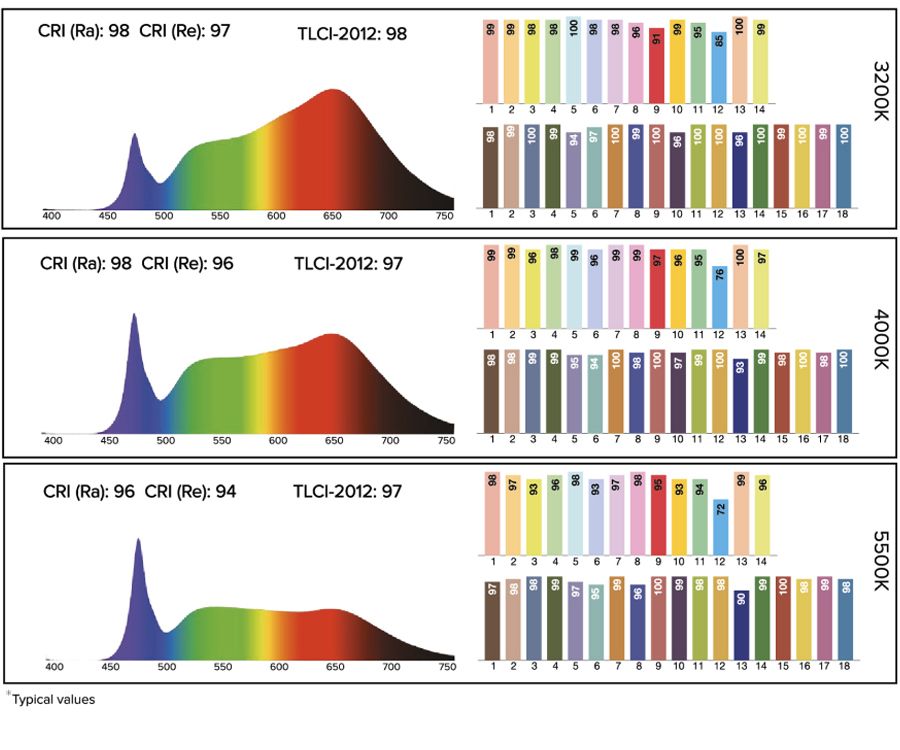型号 | PB15 |
|---|---|
LED引擎集成 | Titan LED引擎集成 |
颜色 | RGBMintAmber |
LED总功率 | 15 W |
LED额定功率 | 12 W |
总光通量2700K | 405 Lumens |
Luminous Flux 3200K | 475 Lumens |
总光通量5500K | 395 Lumens |
光照强度(2700K,距离1M) | 6 178 Lux |
光照强度(3200K,距离1M) | 7 144 Lux |
光照强度(5500K,距离1M) | 5 985 Lux |
显色指数 (CRI(Ra)/TLCI 3200-6500K*) | ≥96 |
出光角度 | 13° |
出光角度(IES规范) | 25° |
频闪效果 | 0 – 25 Hertz |
像素 | 1 |
电池运行时间 | 长达20小时 |
电池寿命 | 充放电循环300次后剩余70%电力 |
输入电压 | 24 VDC – 0.8 A |
DC连接器 | 5.5 mm x 2.1 mm |
输入电压 | 无 |
AC交流连接器 | 无 |
最大能耗 | 20 W |
有线DMX | 支持,可通过PWB-2-86连接(FP1-PWB/FP3-DTL) |
CRMX接收器 | 内置 |
蓝牙网桥系统(BTB) | 内置 |
无线协议 | 支持CRMX,UHF,蓝牙,无线网络连接 |
无线通信距离 | CRMX/UHF:300米/330码;蓝牙:3米/3.3码 |
红外线控制 | 支持 |
IP等级未连接 | IP65 (only with PB15-PLG) |
有线IP等级,可与PWB-CAB-0.2/-1.5/-5/-10/-15连接 | IP65 |
环境工作温度 | 0 – 40 °C / 32 – 104 °F |
重量 | 1.12 kg / 2.47 lbs |
尺寸长x宽x深 | 91 mm x 91 mm x 94 mm / 3.6" x 3.6" x 3.7" |
安装选项 | 4x轨道连接,4xM5螺纹,多功能支架 |
提供的所有规格均为典型值,如有变更,恕不另行通知。
